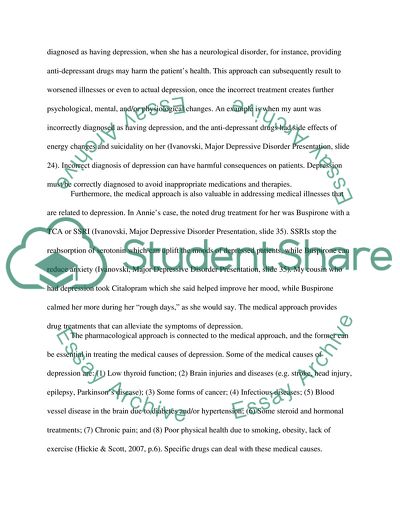Cite this document
(Depression, Addiction and Schizophrenia Assignment Example | Topics and Well Written Essays - 4750 words, n.d.)
Depression, Addiction and Schizophrenia Assignment Example | Topics and Well Written Essays - 4750 words. https://studentshare.org/psychology/1832610-depression-addiction-schizophrenia
Depression, Addiction and Schizophrenia Assignment Example | Topics and Well Written Essays - 4750 words. https://studentshare.org/psychology/1832610-depression-addiction-schizophrenia
(Depression, Addiction and Schizophrenia Assignment Example | Topics and Well Written Essays - 4750 Words)
Depression, Addiction and Schizophrenia Assignment Example | Topics and Well Written Essays - 4750 Words. https://studentshare.org/psychology/1832610-depression-addiction-schizophrenia.
Depression, Addiction and Schizophrenia Assignment Example | Topics and Well Written Essays - 4750 Words. https://studentshare.org/psychology/1832610-depression-addiction-schizophrenia.
“Depression, Addiction and Schizophrenia Assignment Example | Topics and Well Written Essays - 4750 Words”. https://studentshare.org/psychology/1832610-depression-addiction-schizophrenia.


